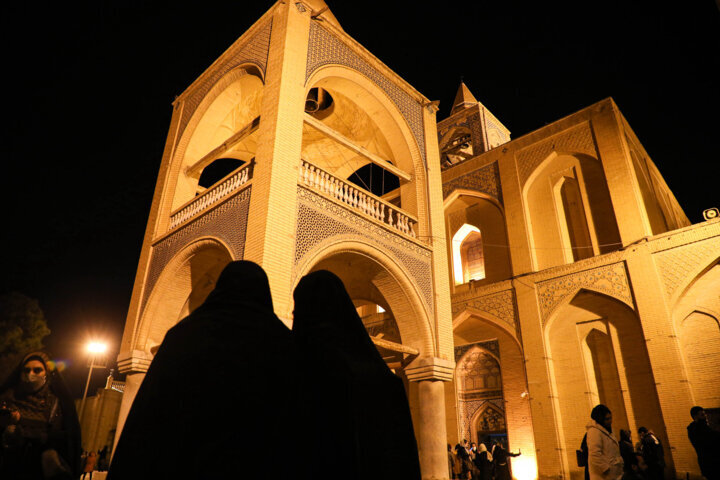INSUBCONTINENT EXCLUSIVE:
TEHRAN-- Parts of the wall of Vank Cathedral, a centuries-old travel location in Isfahan, have slightly collapsed after downpour struck the
central Iranian city.Following constant rains of the previous two days, some external layers of the south wall of Vank Cathedral collapsed,
however interior designs were not damaged, the director of the archaeological site said on Thursday
The thatched facade southern wall of the cathedral has fallen and we will do the repair work as quickly as the wetness dries up
Aris Davotian said.Vank Cathedral has extensive gorgeous murals, and due to the stretching of the outer walls, there is a possibility of
damage to its treasured designs, IRNA reported.Located in the New Jolfa district of Isfahan, the place of worship (in your area called
Kelisa-ye Vank) is commonly described as a long lasting work of art of architecture.The vast cathedral harmoniously blends Islamic concepts
and aspects with those of Armenians
Vank means abbey or convent in the Armenian language.Constructed in the very first half of the 17th century, with the support of the
Safavid rulers, Kelisa-ye Vank is a historical centerpiece of the Armenian Church in Iran.It comprises a domed sanctuary, similar to an
Iranian mosque, but with the significant addition of a semi-octagonal apse and raised chancel usually seen in western churches.Its delicious
interior is richly ornamented with restored wall paintings complete of life and color, consisting of gruesome martyrdoms and pantomime
The ceiling above the entryway is painted with delicate flower motifs in the style of Persian miniature.The cathedrals outsides remain in
fairly contemporary brickwork and are extremely plain compared to its elaborately decorated interior.There is also a museum showing a
magnificent collection of illustrated gospels and Bibles, some going back as far as the 10th century.Hundreds of Armenians, who migrated to
Isfahan during the Ottoman-- Safavid War (1603-- 18), added to the cathedral being completed.Some state that the varying fortunes and
independence of this residential area across the Zayande River and its diverse mix of European missionaries, mercenaries, and travelers can
be traced practically chronologically in the cathedrals mix of building designs and contrasts in its external and internal architectural
treatment.The Armenian quarter of Isfahan dates from the time of Shah Abbas I, who transferred a colony of Christians from the town of Jolfa
(now on Iran's northern border) en masse, and named the village New Jolfa
Shah Abbas sought their abilities as merchants, entrepreneurs, and artists and he guaranteed that their spiritual flexibility was
appreciated-- albeit at a range from the citys Islamic
At one time over 42,000 Armenian Christians supposedly lived here.Isfahan is Iran's leading traveler location for good factors
Its profusion of tree-lined boulevards, Persian gardens, and essential Islamic structures offers it a visual appeal unequaled by any other
Iranian city, and the lots of artisans working here underpin its track record as a living museum of standard culture.AFM

